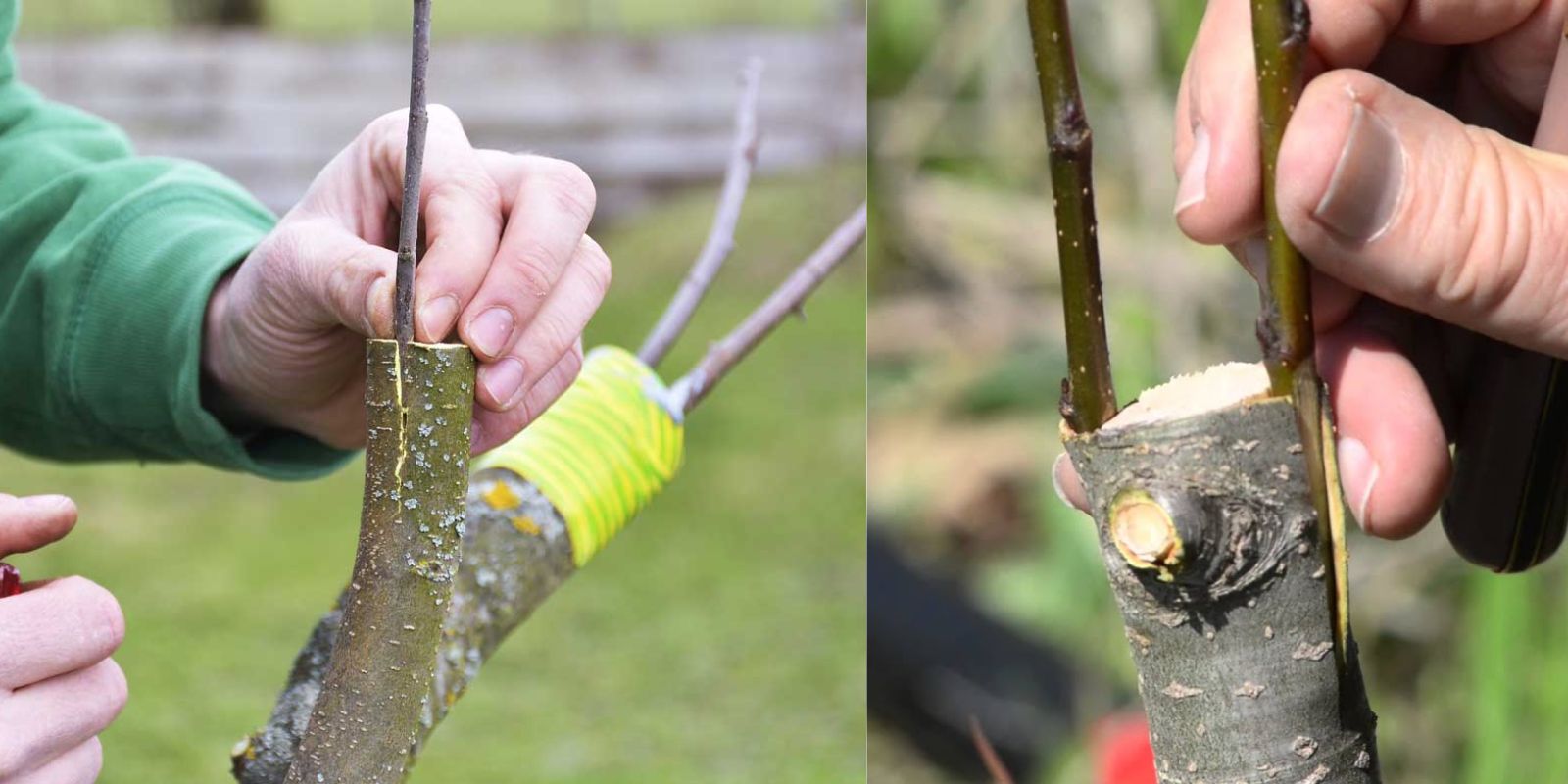Introduction
Grafting is a horticultural technique that has been used for centuries to combine the desirable traits of two plants into one. By grafting, you can grow fruit trees that produce tastier, healthier, and more resilient crops. This technique is especially beneficial for gardeners who want to experiment with different fruit varieties or improve the productivity of their existing plants.
In this guide, we’ll explore the fundamentals of grafting fruit plants, from selecting the right tools and materials to successfully bonding the scion and rootstock. Whether you’re a beginner or an experienced gardener, this step-by-step tutorial will help you achieve grafting success.
What is Grafting?
Grafting is the process of joining two plants together so they grow as a single unit. The lower part, known as the rootstock, provides a strong root system, while the upper part, or scion, is the branch or bud of the desired plant that produces fruit.
The key to successful grafting lies in aligning the vascular tissues of both parts, allowing them to heal and grow as one plant. This technique is commonly used in fruit trees such as apples, pears, citrus, and stone fruits.
Benefits of Grafting Fruit Plants
- Improved Yield: Grafted plants often produce higher-quality fruits in larger quantities.
- Disease Resistance: Rootstocks are often selected for their resistance to pests and diseases.
- Faster Fruit Production: Grafted plants bear fruit earlier than those grown from seed.
- Multiple Varieties: You can grow different fruit varieties on the same tree by grafting multiple scions.
- Adaptability: Rootstocks can be chosen to suit specific soil types or climates.
Tools and Materials Needed
- Sharp grafting knife or pruning shears
- Grafting tape or rubber bands
- Grafting wax or tree sealer
- Clean cloth or alcohol for sterilization
- Scion wood (healthy branch from the desired plant)
- Rootstock (a robust and compatible plant)
Step-by-Step Guide to Grafting Fruit Plants
1. Choose Compatible Plants
Start by selecting a rootstock and scion that are compatible. For example, apples can be grafted onto other apple rootstocks, while citrus varieties work well together. The rootstock should be hardy and suited to your soil and climate conditions, while the scion should be from a healthy, disease-free plant.
2. Prepare the Scion
Cut a scion from the desired fruit plant. Choose a branch with 3–4 healthy buds. Make a clean, angled cut at the bottom of the scion to increase the surface area for bonding.
3. Prepare the Rootstock
Cut the rootstock at the desired height. Depending on the grafting method you choose (whip, cleft, or budding), prepare the rootstock with a clean, precise cut that matches the scion’s cut.
4. Join the Scion and Rootstock
Align the cambium layers (the green tissue beneath the bark) of both the scion and rootstock. This alignment is crucial as it facilitates nutrient and water transfer between the two parts.
5. Secure the Graft
Wrap the graft union tightly with grafting tape or rubber bands. This ensures that the scion and rootstock remain in close contact while healing.
6. Seal the Graft
Apply grafting wax or tree sealer to cover the graft union. This protects the area from moisture loss, pests, and diseases.
7. Provide Post-Graft Care
Place the grafted plant in a shaded area to minimize stress. Water it regularly but avoid overwatering. Check the graft periodically to ensure it remains secure and free from damage.
Common Grafting Methods
Whip and Tongue Graft
- Used for young plants with similar stem diameters.
- Provides a strong union due to the interlocking cuts.
Cleft Graft
- Ideal for grafting a smaller scion onto a larger rootstock.
- Simple and effective for beginners.
Budding
- Involves grafting a single bud instead of a branch.
- Common in citrus trees and roses.
When to Graft Fruit Plants
The best time to graft is during the plant’s dormant season, typically late winter or early spring. This allows the graft to heal before the plant begins active growth.
Troubleshooting Grafting Issues
- Poor Cambium Alignment: Ensure the cambium layers of the scion and rootstock are perfectly aligned.
- Inadequate Sealing: Always use grafting wax or sealer to protect the union.
- Scion Drying Out: Wrap the scion with parafilm or place a plastic bag over it to retain moisture.
Caring for Grafted Plants
- Remove Suckers: Prune any shoots that emerge below the graft union.
- Monitor Growth: Once the graft starts growing, provide support with stakes if needed.
- Fertilize Wisely: Use balanced fertilizers to encourage healthy growth without overwhelming the graft union.
Tips for Successful Grafting
- Use sterilized tools to prevent infections.
- Choose scions with multiple buds for better success rates.
- Practice grafting techniques on non-essential plants before working on valuable ones.
Conclusion
Grafting is an art that combines creativity and precision. By mastering this technique, you can unlock new possibilities in your garden, from growing unique fruit combinations to reviving old or damaged trees. With patience and care, grafting can transform your gardening experience, rewarding you with healthier, more productive plants.
💬 Have you tried grafting before? Share your tips or ask questions below! Let’s grow together.
🌱✨ #FruitTreeHacks #GraftingTips #GardenMagic #HomegrownHarvest #PlantLovers #GardeningJourney

